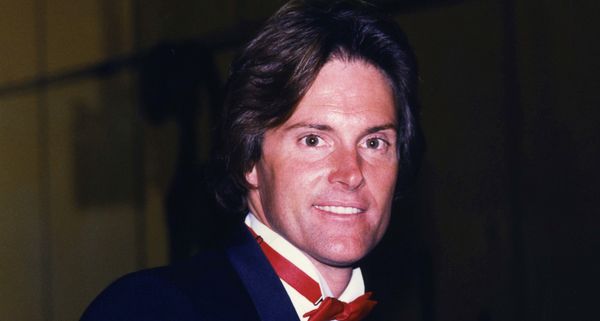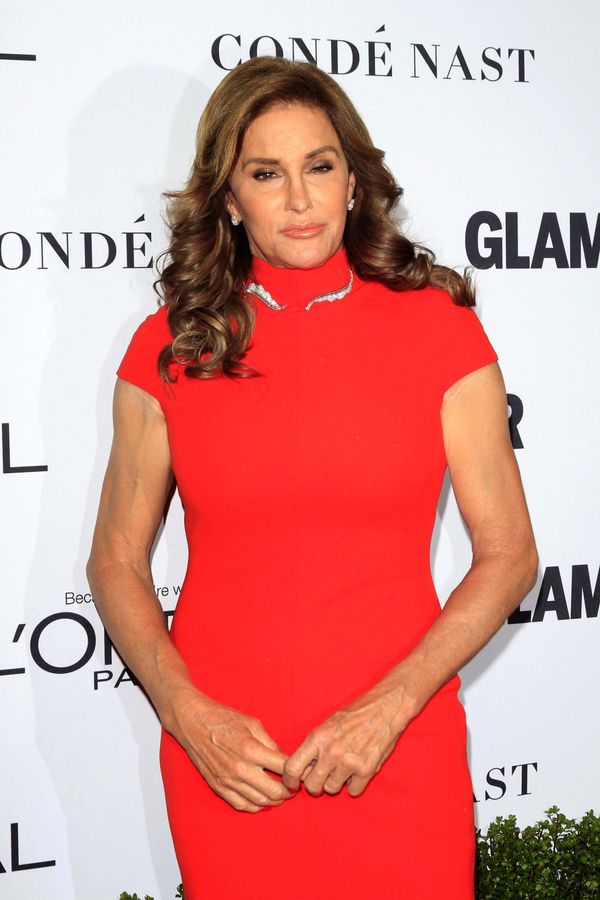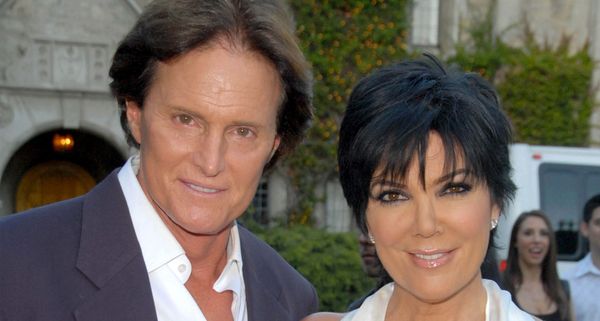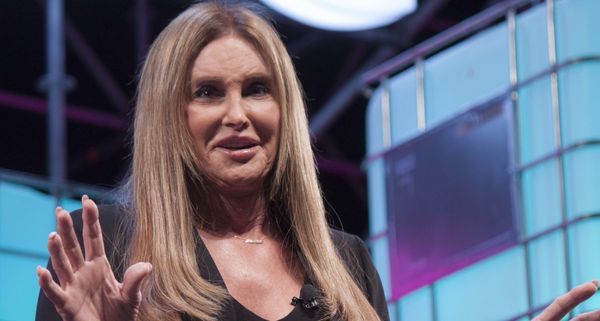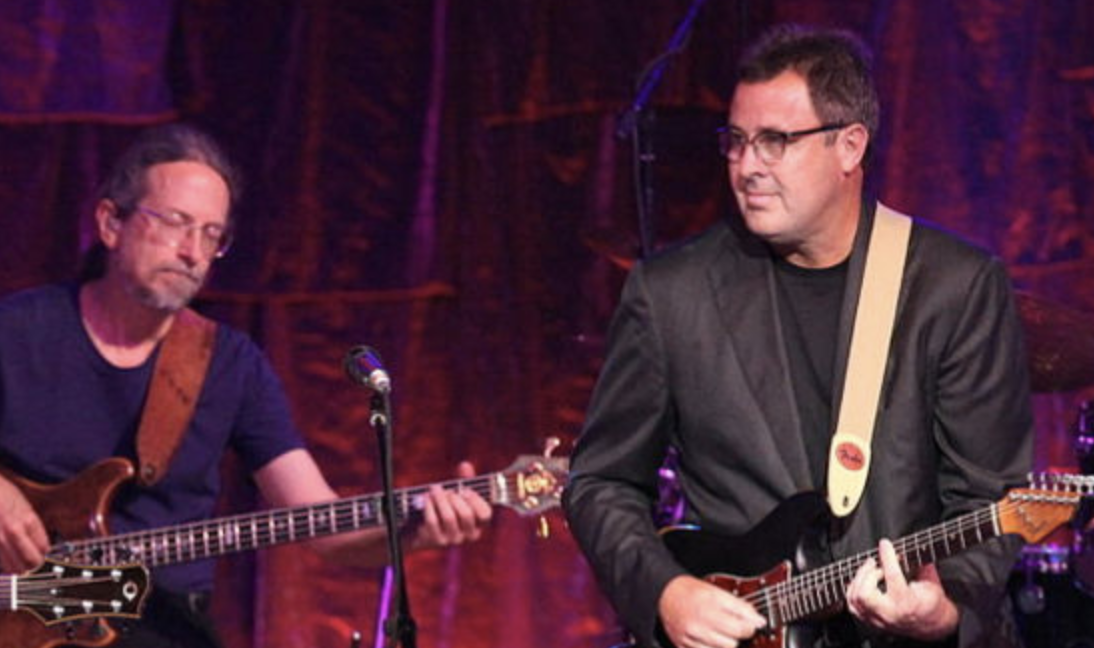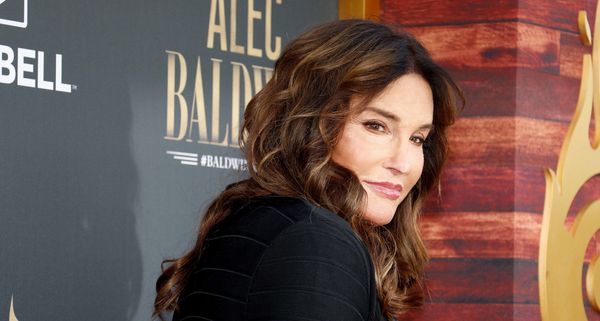
Caitlyn Jenner, born William Bruce Jenner, is a household name. She gained recognition as one of the most accomplished athletes in the 1970s, winning a gold medal and setting a world record at the 1976 Olympics in Montreal. After retiring from sports, Jenner found success in the entertainment industry. However, her most significant journey began when she came out as transgender and started hormone treatments for transitioning. Today, she stands as a role model for countless individuals. But despite her transformation, Jenner still feels a connection to her past self, often referring to her previous identity as “the old Bruce.” Let’s delve deeper into the extraordinary life of Caitlyn Jenner.
Early Life and Athletic Prowess
Caitlyn Jenner was born on October 28, 1949, in Mount Kisco, New York. As a young child, she faced the challenges of dyslexia. Nevertheless, sports became her sanctuary, and Jenner excelled in various athletic endeavors.
Though she showcased talent in football, basketball, and water skiing during her high school days, it was track and field that captured Jenner’s heart. Despite receiving a football scholarship to Graceland College in Iowa, a knee injury changed her course. She decided to pursue track and field instead.
During her high school years, Jenner displayed exceptional skills as an athlete. She was named the Most Valuable Player in basketball, football, and track. Yet, behind her achievements, she struggled with gender identity, feeling a disconnect between her own internal struggles and the seemingly effortless confidence displayed by others.
From Track Star to Olympic Champion
Jenner’s track coach in college, L.D. Weldon, recognized her potential and encouraged her to train for the Olympic decathlon—a grueling athletic event comprising ten track and field events. Jenner embraced the challenge with determination and passion.
In 1971, she burst onto the scene, winning the Kansas Relays. The following year, Jenner secured a place on the US Olympic team, finishing 10th in the decathlon at the Munich Olympics.
However, Jenner knew she could do more. She embarked on an intense training regimen, dedicating eight hours a day, every day, for the next four years. When the 1976 Olympic Games arrived in Montreal, she was primed for victory.
On July 30, 1976, at the age of 26, Caitlyn Jenner emerged as the Olympic decathlon champion, setting a new world record with 8,618 points. Her triumph was especially significant, coming at a time when the United States faced many challenges. Jenner’s success provided a much-needed symbol of hope and inspiration. Remarkably, even in victory, Jenner still identified as a woman, demonstrating that femininity and strength can coexist.
The Struggles of Fame and Identity
Jenner’s victory catapulted her into fame and brought numerous professional opportunities. Endorsement deals poured in, and she became a well-known public figure, appearing in advertisements, television shows, and movies. But behind the Bruce Jenner persona, she battled a sense of emptiness.
In 1977, Jenner was selected in the seventh round of the NBA draft by the Kansas City Kings. However, the adoration and applause she received on that stage meant little to her. She felt like a fraud, unable to share her true story with the world.
Marriage played a significant role in Jenner’s life. In 1972, she married college sweetheart Chrystie Scott, and together they had two children, Burt and Cassandra. However, the marriage ended shortly after Cassandra’s birth.
The struggles with her gender identity began to reveal themselves to Chrystie. Though Jenner did not divulge the full extent of her feelings at the time, she knew that something was different. In 1981, she married Linda Thompson, and they had two sons, Brandon and Brody Jenner. However, the marriage dissolved due, in part, to Jenner’s ongoing struggle with her identity.
Despite the turbulence in her personal life, Jenner’s resilience and bravery remained unwavering.
The Journey Continues
Following her separation from Linda, Jenner sought professional help to battle depression. In the late 1980s, she started taking estrogen and underwent various procedures, including a nose job and electrolysis, to eliminate facial hair.
Jenner initially planned to undergo a full transition before her 40th birthday but decided against it at age 39. The understanding and acceptance of transgender individuals during that time were not as prevalent as they are today, making her journey all the more challenging, considering her celebrity status.
Yet, Jenner’s bravery shone through. She confided in her older sister, Pam, sharing her gender crisis for the first time with a family member. Unfortunately, understanding from her entire family was not immediate.
In 1991, Jenner married Kris Jenner. Their marriage lasted nearly two decades and produced two daughters, Kendall and Kylie Jenner. The family gained further fame through their reality show, Keeping Up with the Kardashians, in which Caitlyn also appeared. Nonetheless, Jenner still felt like a fraud, living a life that did not align with her true identity.
In 2013, Kris and Caitlyn separated, and four months later, she resumed her transition, this time informing her children.
A New Life, an Eternal Connection
Though Caitlyn Jenner has fully embraced her new life, she still acknowledges that a part of Bruce will forever reside within her. Some of her children, such as Kendall and Kylie, occasionally refer to her as “dad.” This fact doesn’t bother Jenner; she accepts the confusion and prefers that everyone finds their way to honor their own experiences and relationships.
Jenner’s journey is a remarkable testament to bravery and authenticity. Her net worth, estimated at $100 million, reflects not only her financial accomplishments but also the immense impact she has had on countless lives.
Caitlyn Jenner is a fearless individual, a symbol of strength, and an inspiring role model for many. Share her incredible story with your friends and family on social media—let her journey continue to inspire us all.

